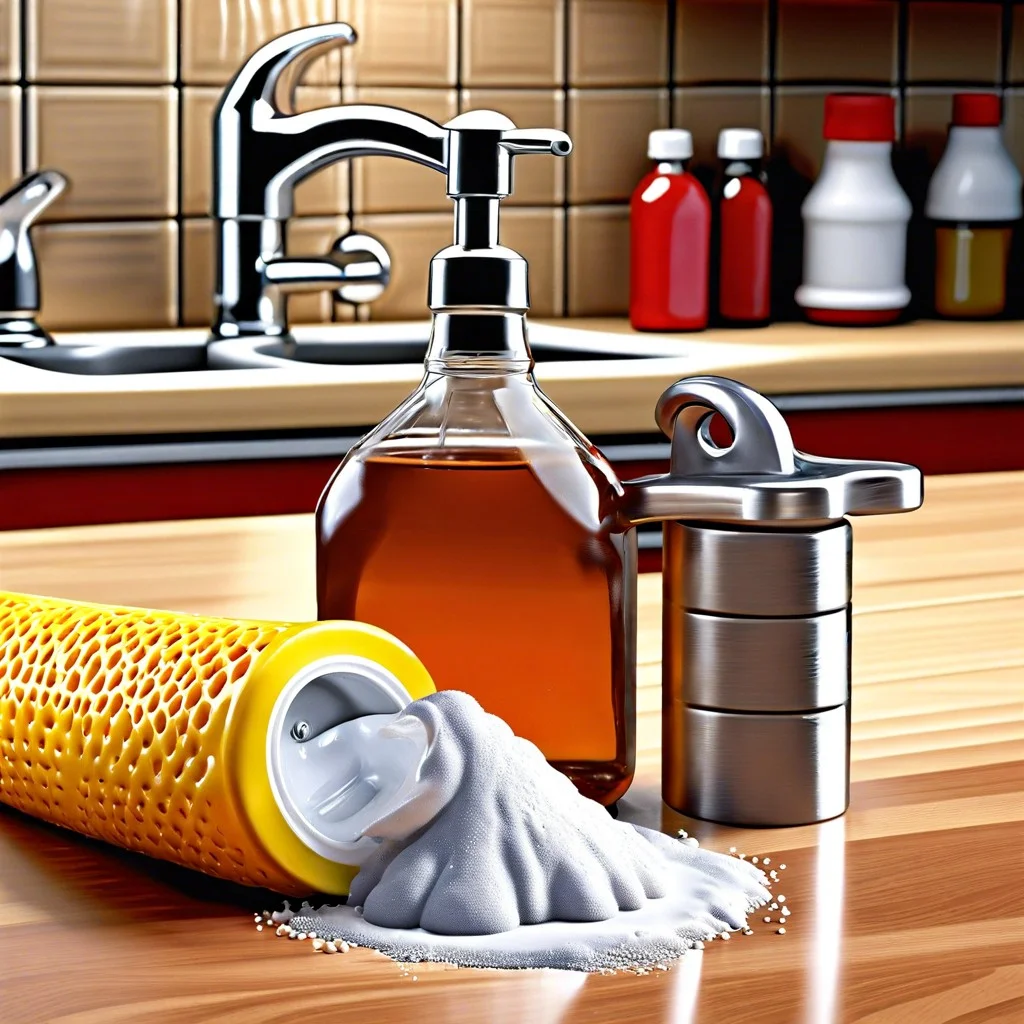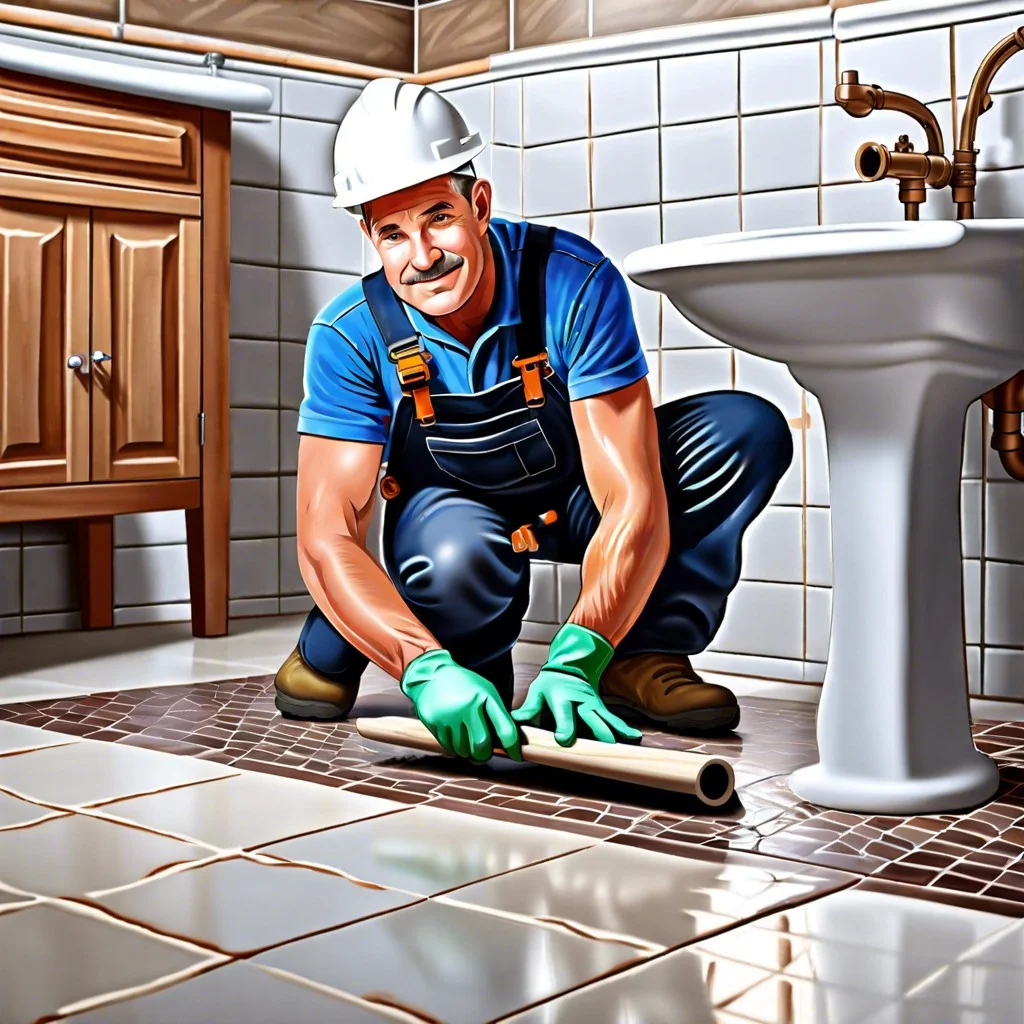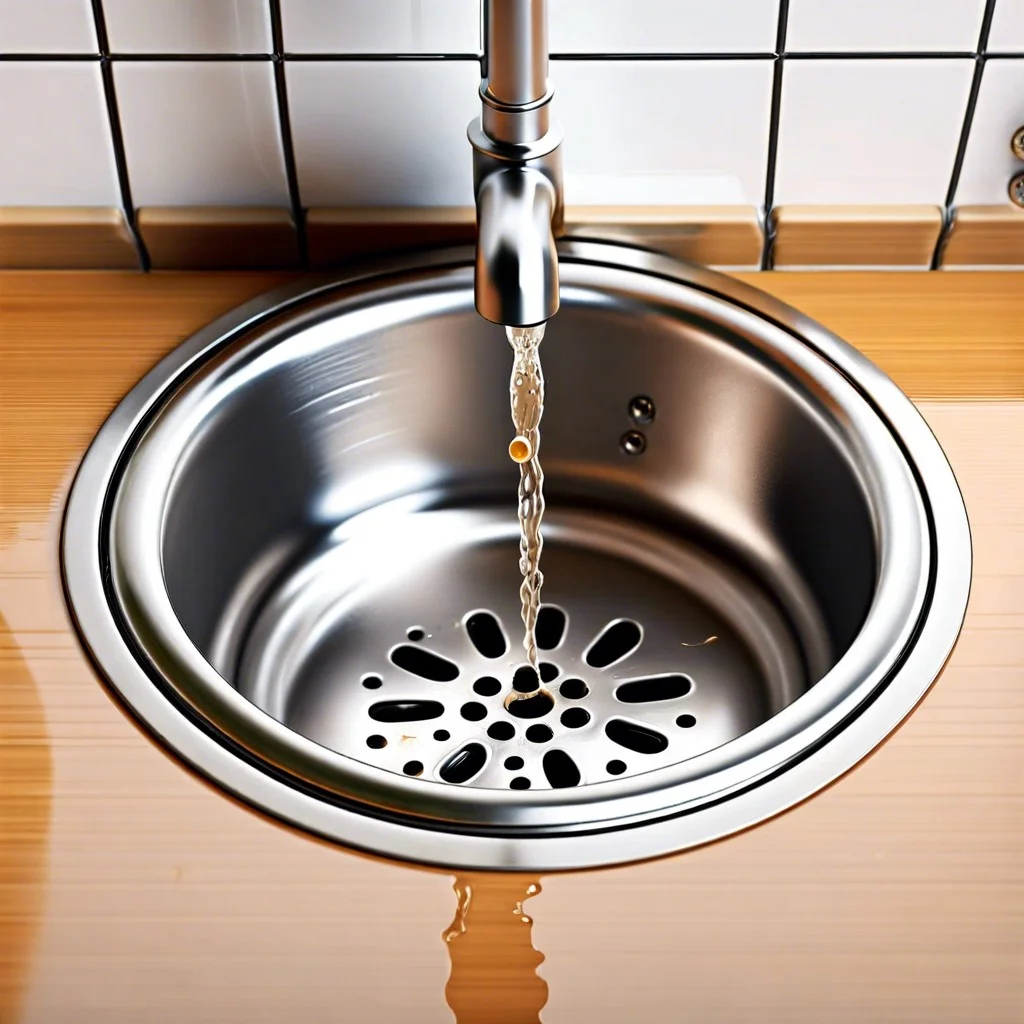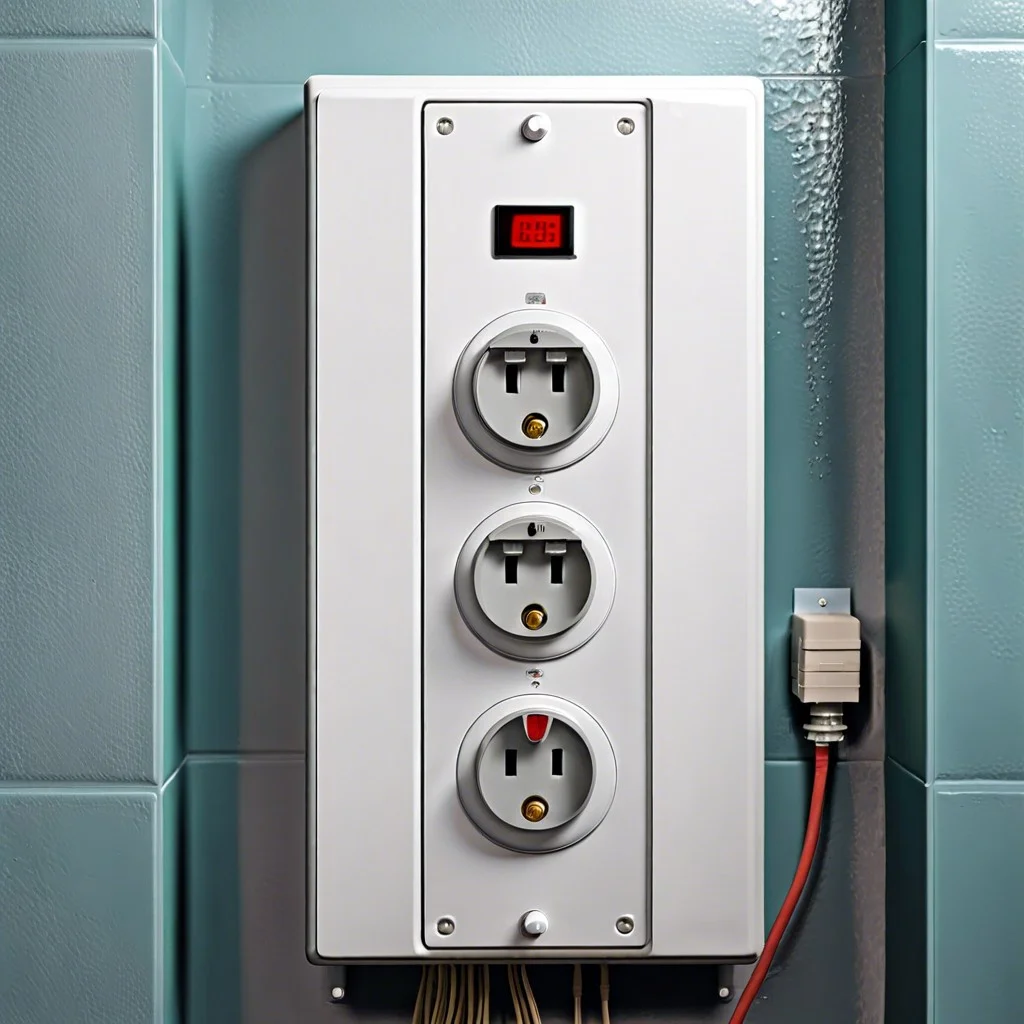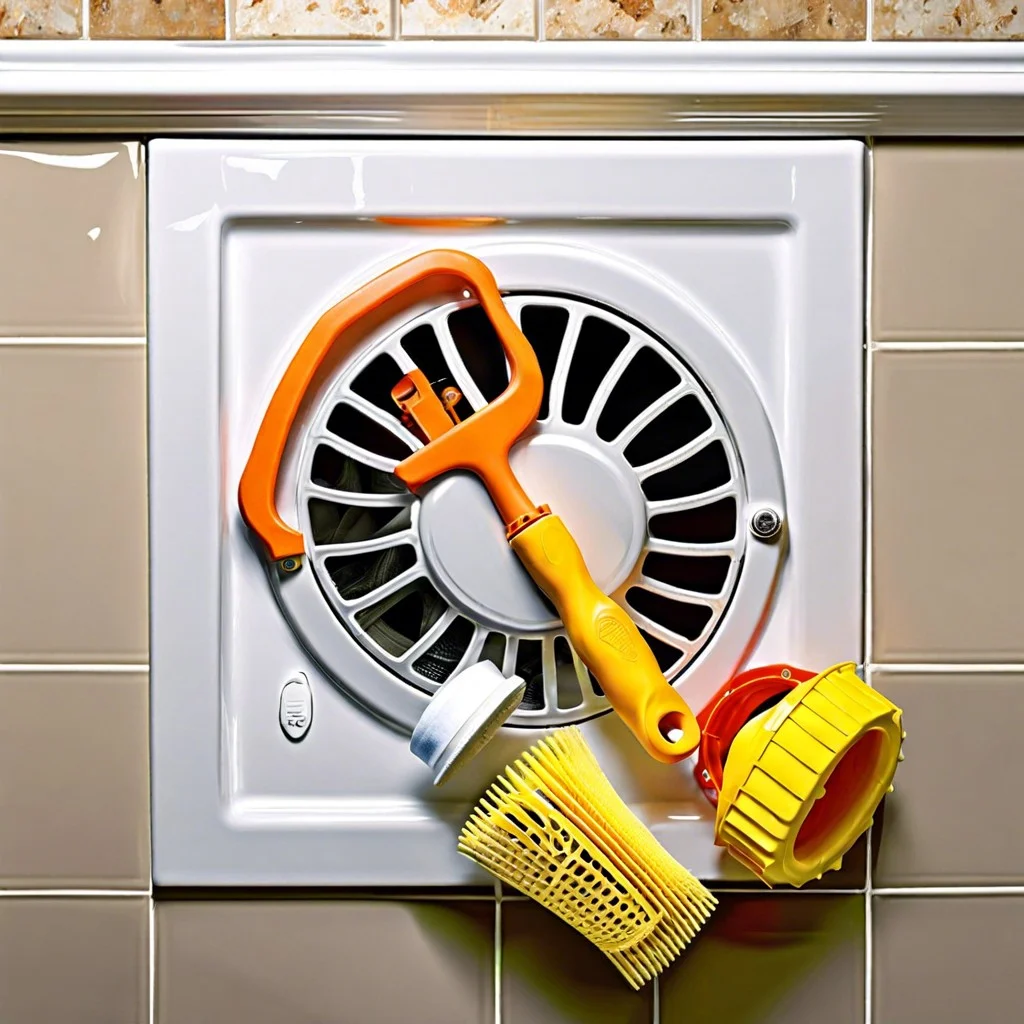Last updated on
Learn how to give your bathroom vanity a durable, stylish update with the right paint choice and application techniques.
Key takeaways:
- Use high-quality primer, fine bristle brush, and microfiber roller.
- Properly prep the surface by sanding, cleaning, and priming.
- Choose semi-gloss or high-gloss paint for durability and moisture resistance.
- Use foam rollers and synthetic brushes for a smooth finish.
- Align new hardware with existing holes or create a template.
Simple Materials Guide
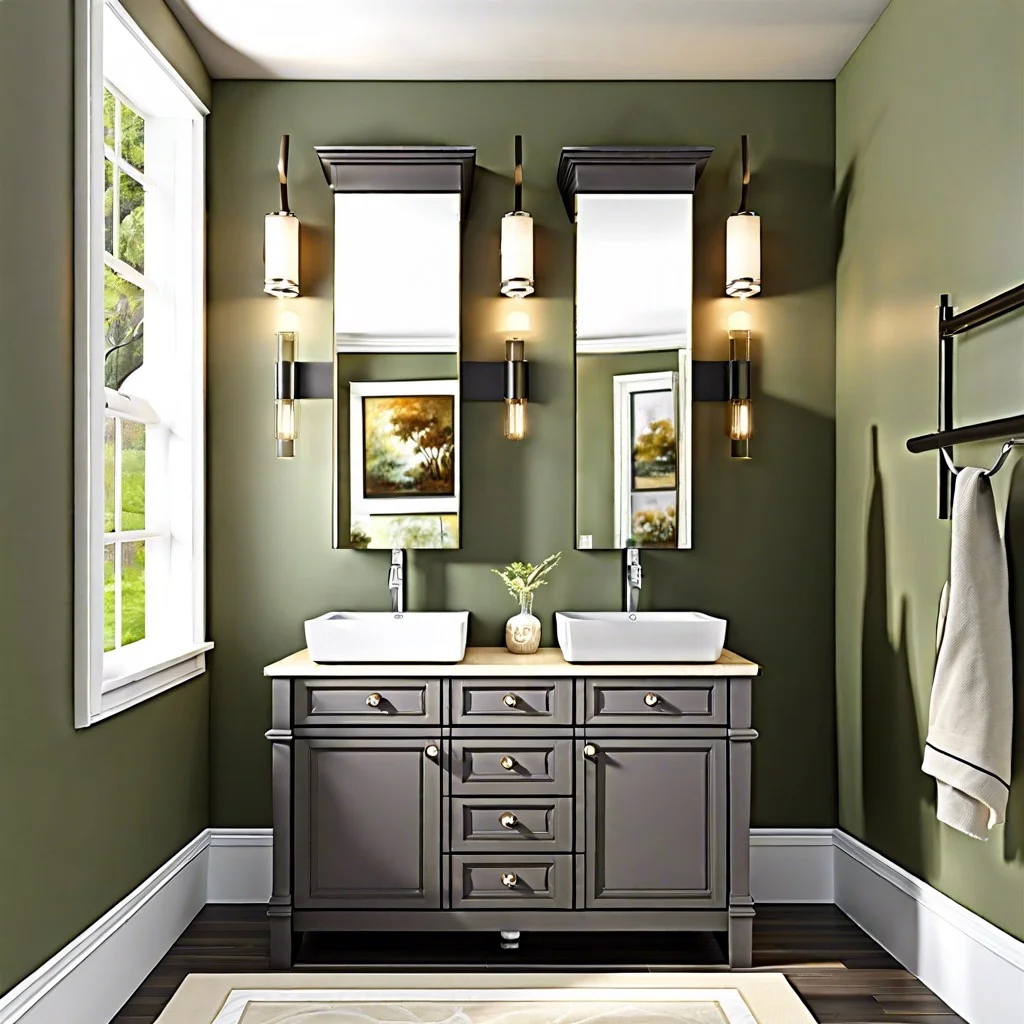
Embarking on a bathroom vanity paint project begins with gathering the right materials. Start with a high-quality primer that ensures strong adhesion and seals any imperfections; this step is non-negotiable if you want professional results. For the actual task of painting, a fine bristle brush and a microfiber roller are essential; the brush delicately handles edges and narrow spaces, while the roller evenly coats larger areas without leaving texture.
Don’t overlook the importance of sandpaper — a medium grit will help you smooth out the surface before priming, while a fine grit is ideal between coats for that sleek final appearance. Tack cloths are your best friend when it comes to eliminating dust after sanding, which can otherwise spoil your perfect finish. Lastly, quality painter’s tape is indispensable for protecting hardware and ensuring crisp lines where color should not tread.
Remember, choosing the right materials does more than make the job easier; it’s an investment in the longevity and finish of your vanity transformation.
How to Prep the Surface for Paint
Preparation is paramount in achieving a professional-looking painted vanity. Sanding is the first critical step – gently scuff the surface to ensure the new paint adheres properly. This can be done using a fine-grit sandpaper, which smooths out imperfections without gouging the wood.
After sanding, cleaning is next. Use a degreaser to remove any oils or residues. If skipped, these contaminants can prevent paint from bonding, leading to unsightly peeling or chipping. Once the surface is clean, apply a high-quality primer. This acts as a foundation for your top coat, promoting better paint adhesion and ensuring a consistent and durable finish.
Be diligent in taping off edges and protecting sink and countertop surfaces. Precision here prevents overpainting and the need for tedious cleanups later.
Remember, patience in the prep stage pays off in the smoothness and longevity of your paint job.
The Best Paint for Cabinets
Selecting the right type of paint is crucial for bathroom vanities due to high exposure to moisture and frequent use. A semi-gloss or high-gloss paint finish is typically recommended for bathroom cabinetry. These finishes are not just about aesthetic appeal; their higher sheen levels provide a more durable surface that is easier to clean and more resistant to the humidity and temperature fluctuations common in bathrooms.
Oil-based paints have traditionally been favored for their durability and smooth finish. However, they come with a high volatile organic compound (VOC) content, resulting in strong odors and longer drying times. For a more environmentally friendly and health-conscious approach, water-based latex paints with an acrylic or urethane resin are now preferred. These alternatives emit lower VOCs and possess an elasticity that’s suitable for wood that may expand and contract with temperature changes.
Enamel paint is another suitable option; it dries to a hard finish that’s less prone to chipping and stands up well against the rigors of daily bathroom activity. For those searching for something even more rugged, specialty cabinet paints are formulated to adhere strongly to a variety of surfaces, including wood, laminate, and even metal. They simplify the painting process by minimizing the need for extensive surface prep work such as sanding and priming.
Dynamic paint technology now offers options like self-leveling paints, which help to minimize brush strokes and roller marks for that professionally finished look. Although these types of paints can be pricier upfront, investing in them can save you both time and disappointment by enhancing the longevity and appearance of your bathroom vanity. Remember, picking a robust paint tailored to bathroom conditions can make the difference between a vanity that looks refreshed for years and one that requires frequent touch-ups.
How to Get a Factory Smooth Finish
Achieving a factory-smooth finish on bathroom vanities elevates the end result from amateur to professional. Begin with a high-quality primer; this ensures that paint adheres evenly. When choosing paint, opt for a semi-gloss or high-gloss finish for both durability and the smooth look we’re aiming for.
The key to a smooth finish lies in the tools and techniques used. Foam rollers are preferable over traditional nap rollers – they eliminate the texture that can make a painted surface look bumpy. For areas that a roller can’t reach, use a high-quality synthetic brush to avoid brush marks. Don’t underestimate the importance of sanding between coats; when primer or paint dries, use a fine-grit sandpaper to buff away imperfections, then wipe clean before applying the next coat.
To avoid drips and uneven coverage, apply multiple thin coats of paint rather than one thick one. Patience is paramount here; allow plenty of drying time between coats. If the vanity will see heavy use, consider a protective topcoat to seal the paint and ensure longevity, applying it with the same care as the paint to maintain that smooth finish.
Remember, a flawless finish isn’t rushed, so invest the proper time in each step to achieve a look you’ll be proud of.
Attach the New Hardware
Upgrading hardware is like accessorizing an outfit—it can make or break the look. To ensure a polished finish, align new handles or knobs with the existing holes, or fill and sand the old ones if you’re going for a different size or placement.
Drilling new holes? Create a simple cardboard template to mark the spot, which keeps each pull uniform and saves the headache of misaligned hardware.
Take the time to invest in quality knobs and pulls—they’re the often-used pieces that interact with everyone, and they should feel as good as they look.
Remember, subtle changes to hardware position can vastly improve the usability and ergonomics of your vanity. Door handles should be at a comfortable height, and remember to consider accessibility for all users when deciding placement.
Mind the finish of your hardware as well. It should not only match the painted cabinets but also complement the rest of your bathroom’s fixtures. Cohesion in finishes contributes significantly to the overall aesthetic.
Recap
